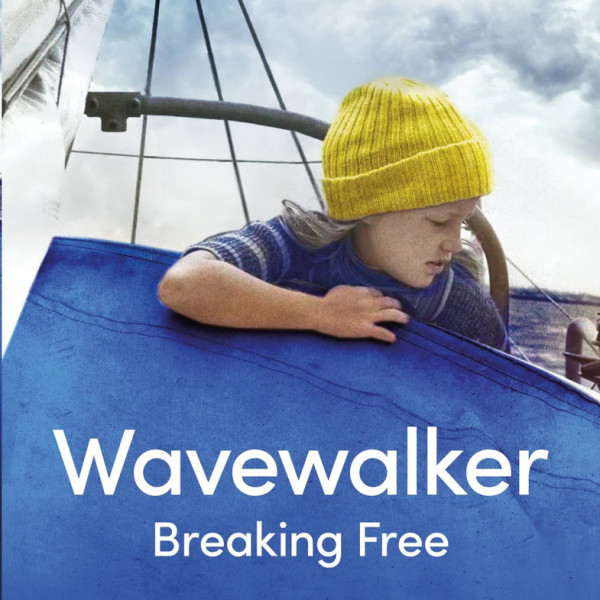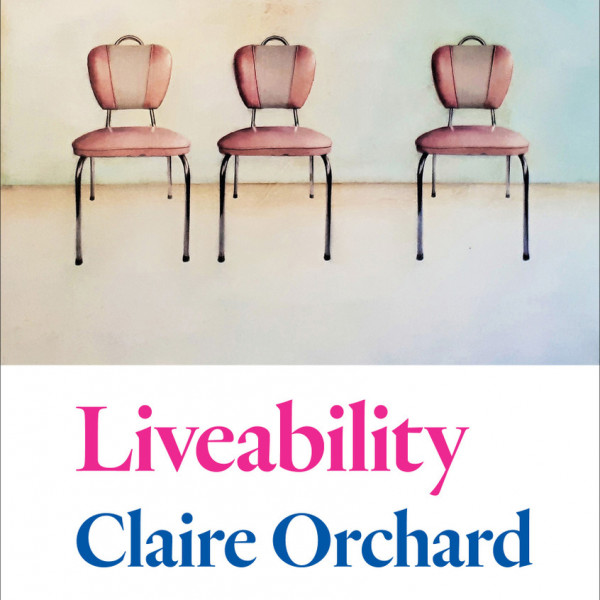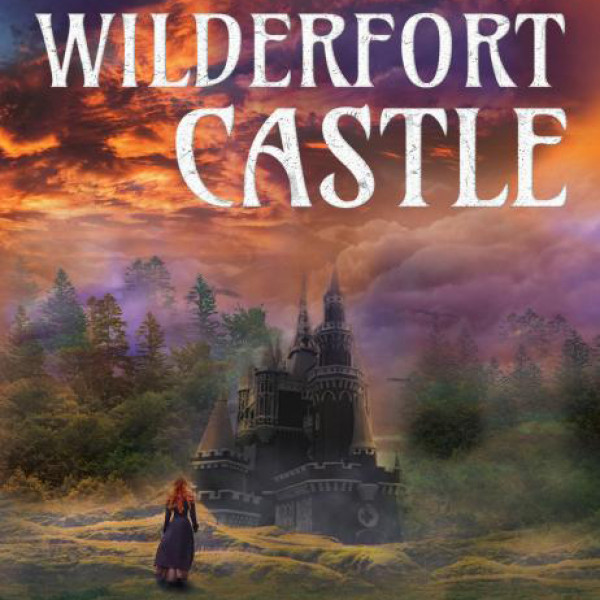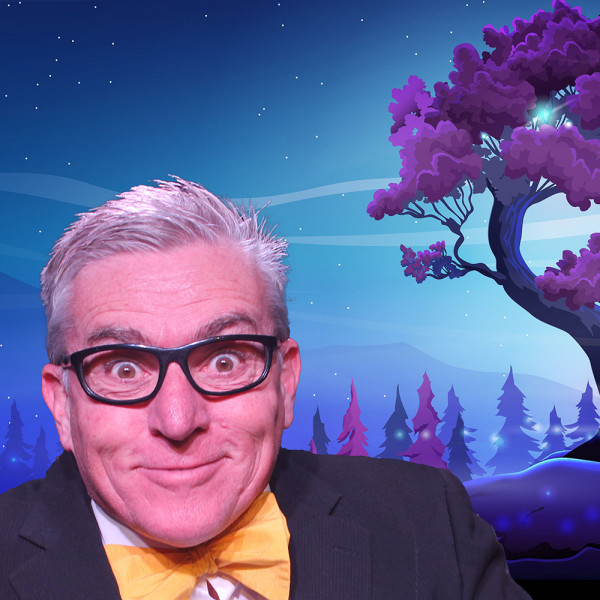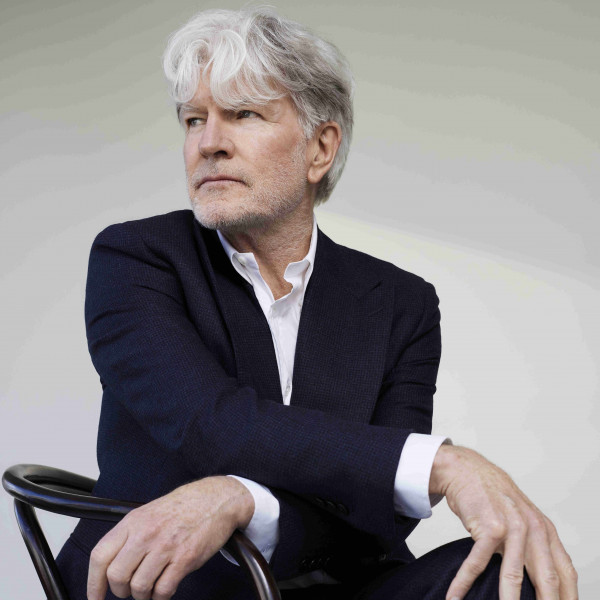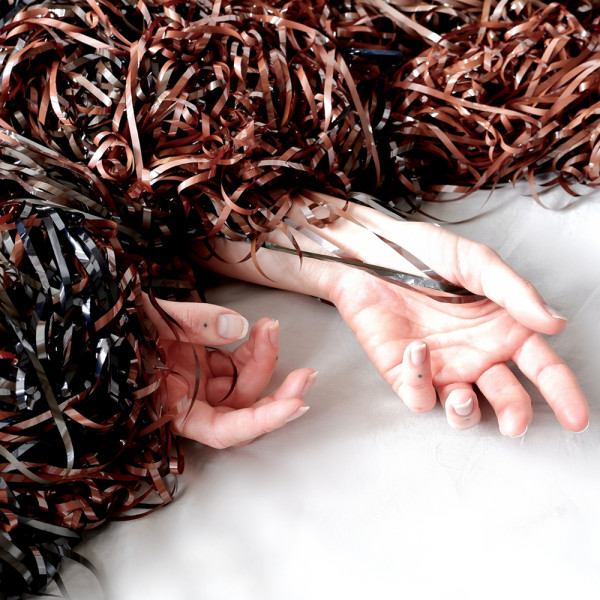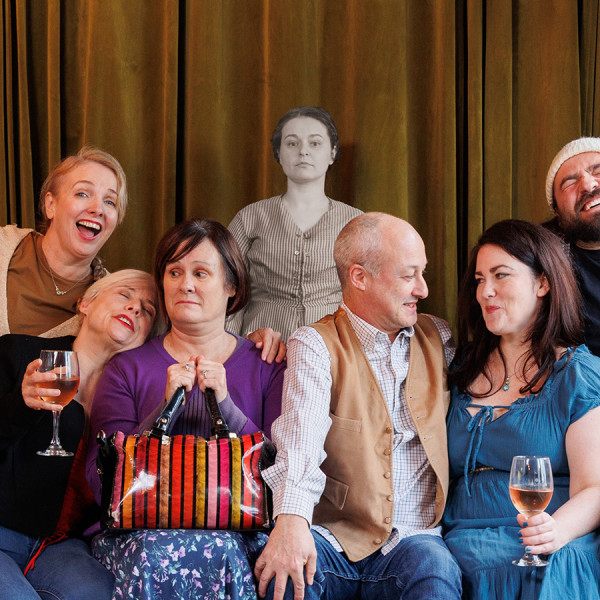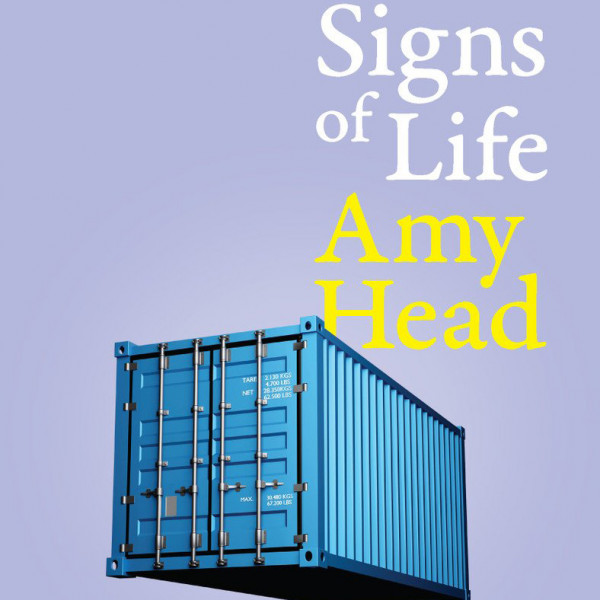
Signs of Life is a short but impactful modern novel that dips into the lives of inhabitants of Christchurch following the 2010 and 2011 earthquakes. Our protagonist Flick leaves university for a job that seems to be going nowhere while her ‘mostly ex’ is thriving. Her mother Louise has been successful financially but struggles to connect with the rest of her family. Tony is declared dead and has to go through a complex administration process to prove he is standing right there in Work and Income. It is essentially a series of observant character portraits that are frank and realistic but steer clear of unnecessary trauma baiting in the face of disaster.
The book is summed up best by its final line from Amy Head’s acknowledgements. She recognises the people in Ōtautahi Christchurch “who overcame so much simply to continue with their lives”. For all the setbacks the characters experience, they come out exactly where they were before. Flick quits her studies at the beginning and in the final chapter is only starting to consider returning. This means there isn’t much of a traditional narrative arc or character development, so for fans of tightly plotted, exciting mystery novels, this may not be the story for you. But for the refreshing experience of seeing fictional people living not as parts of a plot but like you and those around you, through events that New Zealanders have been affected by, I highly recommend giving this a read.
Flick describes a poster that hangs on her wall at work of artist Yves Klein leaping from a building: “She liked the image because it arrested her. To avoid seeing a sprawl of fractured limbs on the concrete below, she had to remain suspended in that moment, in the air with him.” To read this book is to remain suspended in so many little moments, those that are life-changing and those that represent an average Tuesday, and understand that they are all part of what makes us human.









